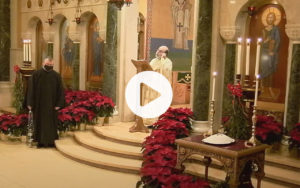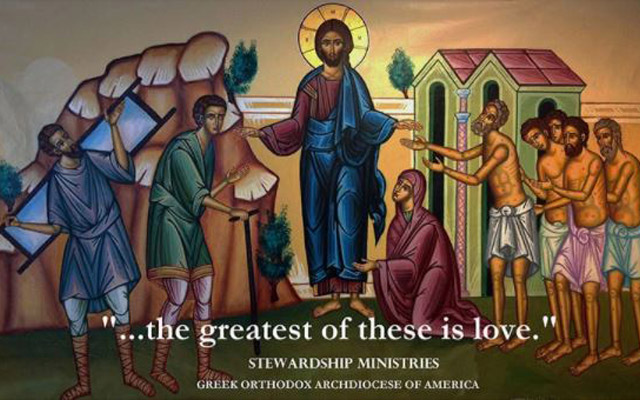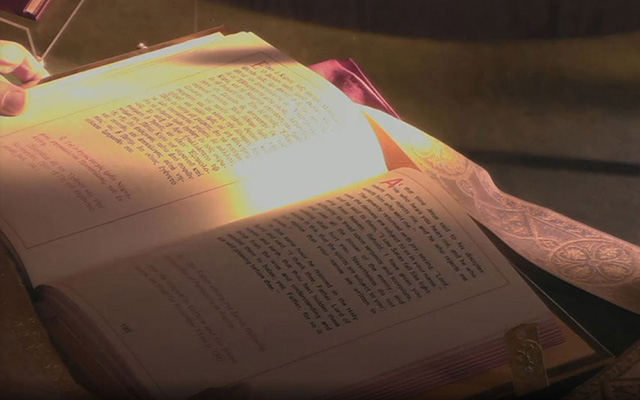The Eleventh Day of Christmas Advent. Feast of the Holy Great Martyr and Most Wise Katherine of Alexandria
November 25 Katherine was the daughter of Cestus, a wealthy patrician of Alexandria, the capital of Egypt and metropolis of the arts and sciences. She was widely admired not only for her noble birth but also for the exceeding beauty and intelligence that God had given her. Taught by the best masters and most illustrious philosophers, she learnt while still a girl to follow complex lines of argument and obtained a perfect understanding of the






